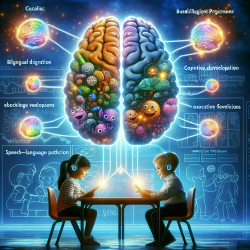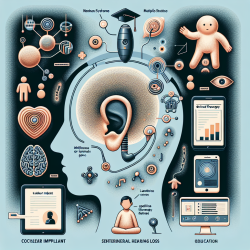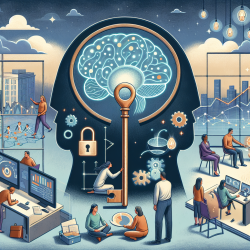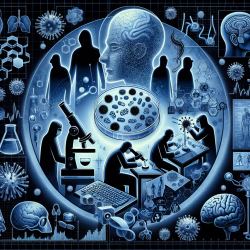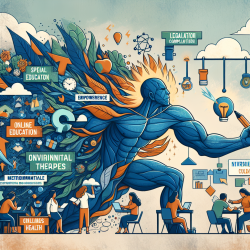In the realm of healthcare, communication is a vital component that can significantly influence patient outcomes. For practitioners working with deaf or hard-of-hearing individuals, the ability to communicate effectively using sign language is invaluable. The research article "Sign Language and the Health Care Professional" provides profound insights into how healthcare providers can enhance their communication skills and improve patient care through the use of sign language.
Here are some key takeaways from the research and practical steps to implement them in your practice:
- Understand the Basics of Sign Language: The research emphasizes the importance of mastering basic sign language, including the alphabet, hand shapes, numbers, and time references. This foundational knowledge is crucial for effective communication in a clinical setting.
- Learn Medical-Specific Signs: Chapters 4-11 of the text cover essential signs used in medical contexts, such as anatomy, labor and delivery, vital signs, and first aid. Familiarizing yourself with these signs can greatly enhance your ability to communicate with deaf patients about their health needs.
- Recognize the Role of Interpreters: The research underscores the importance of utilizing interpreters when necessary. Understanding the interpreter's role and collaborating effectively can ensure accurate communication and improve patient outcomes.
- Address Common Myths: The introduction of the research debunks common myths about the deaf population and highlights their rights to an interpreter. Awareness of these issues can foster a more inclusive and respectful healthcare environment.
Implementing these insights into your practice can have a transformative impact on your ability to provide care to deaf or hard-of-hearing patients. However, the journey doesn't stop here. Continuing to educate yourself and staying updated with the latest research in this field is crucial for ongoing professional development.
To read the original research paper, please follow this link: Sign Language and the Health Care Professional.


